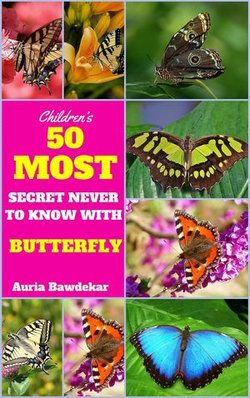Butterflies are mostly present in the temperate and tropical regions and their life cycle consists of 4 main stages. The adult female butterfly lays eggs. The eggs are laid on to the leaves of tress and they are hardened by a special glue, which keep them in place. The egg stage lasts a few weeks in most butterflies. Once the eggs hatch, the larvae comes out. The butterfly larvae is called the caterpillar stage. The larvae consume leaves as their food and spend most of their life, feeding on leaves. The caterpillars mature through a series of stages called instars. The caterpillars have 3 pairs of true legs. From the larval stage of development, the caterpillar proceeds to become a pupa.
This happens when the larvae is fully grown and hormones are produced to make it get into a very dormant stage. During this stage there is no feeding and the pupa rests generally under a leaf for a few days, waiting to undergo “metamorphosis” or change, where it turns into a beautiful butterfly. The butterfly has four wings, 6 legs and the pair of antennae is used to sense the wind. The life span of the butterfly can vary from a few weeks to nearly a year, depending on the species. The laying of eggs can happen annually and the number of generations can vary depending on the climate and time of year. The adult butterfly feeds on nectar from flowers and derives nutrition from pollen in flowers.



Share This eBook: